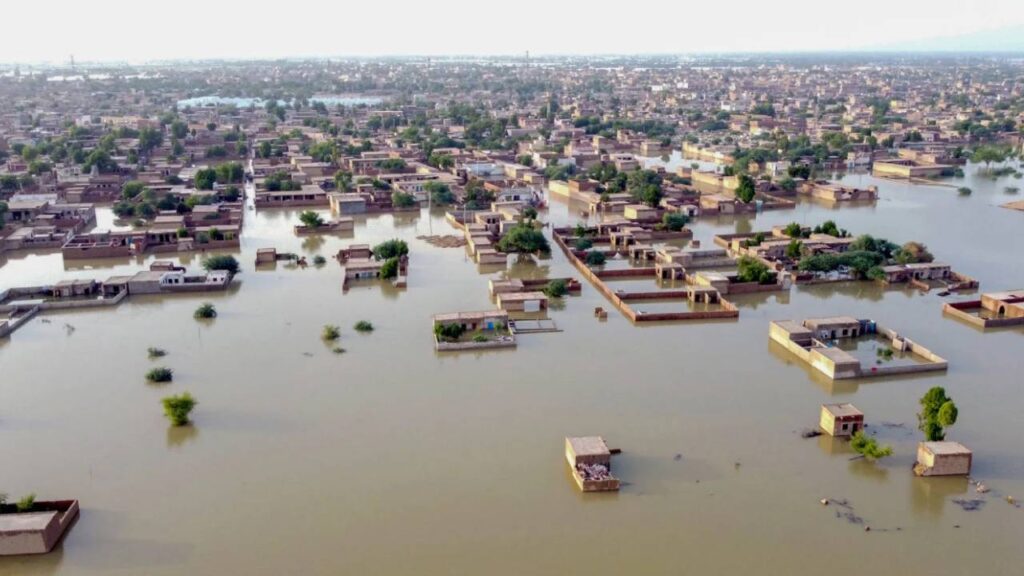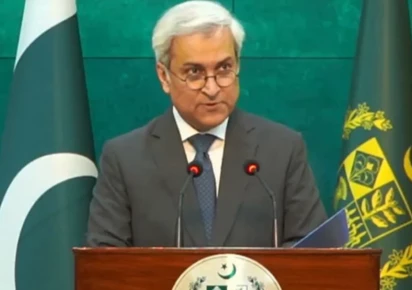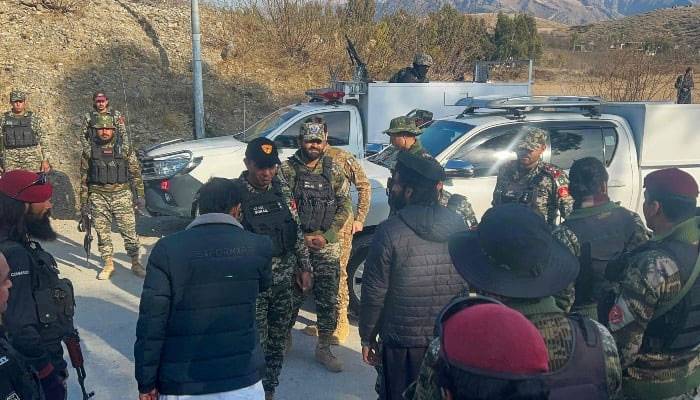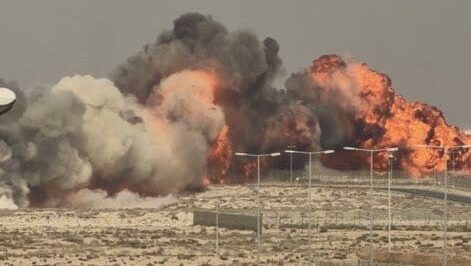The death toll from monsoon rains and floods in Pakistan has risen to 540, with the National Disaster Management Authority (NDMA) warning of further intensified monsoon activity. Punjab and Khyber Pakhtunkhwa (KP) provinces are at severe risk of cloudbursts, urban flooding, and river inundation as three major weather systems converge. The NDMA predicts 50-60% higher than normal rainfall this monsoon season, with three more heavy spells expected through early September.
KP has been particularly hard hit, with 373 deaths reported by Rescue 1122, primarily in Buner district. Rescue and search operations are ongoing, with thousands rescued and many still missing. Over 300 houses have been damaged or destroyed. The KP government has pledged full compensation to flood victims and released billions of rupees in relief funds.
Gilgit-Baltistan (GB) has also suffered significant damage, with 14 deaths and widespread destruction of infrastructure. Landslides have blocked roads, trapping tourists. Power outages have led to protests in Gilgit city.
The NDMA has issued advisories restricting tourist activity in mountainous regions and urging the public to avoid unnecessary travel. The government is mobilizing emergency teams, restoring communication links, and distributing relief supplies. The NDMA chairman attributed the devastation to climate change. The NHA is working to restore damaged national highways, and the CDA is preparing for potential flooding in Islamabad. Various organizations are providing relief goods to affected areas. Despite government efforts, protests have erupted in some areas due to delayed relief and lack of essential services.







